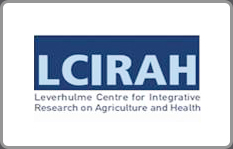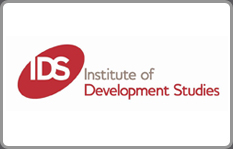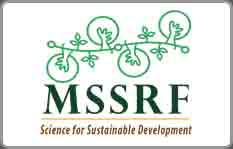Growing different vegetables for improved nutrition
I cultivate rice in 3 acres lowland and in 3 acres upland. I also grow Eucalyptus in 1.5 acres and finger millet, and sometimes vegetables like tomato and brinjal in another 1.5 acres. Rice and finger millet production was poor. I used to sell vegetables in the local market to meet food and other expenses. In 2014, M.S. Swaminathan Research Foundation started LANSA project in our village that focused on improved production technology for food crops to increase availability at households and organised different training and awareness programmes.
An improved variety of Finger millet for better productivity
Earlier, I used to broadcast local varieties of finger millet without any application of fertilizer and weed management practices, this caused poor plant population, uneven growth and heavy weed infestation, resulting in poor yield. When I found out about line transplanting of finger millet from staff at MSSRF-LANSA, it was completely new to me. I knew about line transplanting of paddy, but never thought that same can be applied for finger millet as well. Out of curiosity, in Kharif 2016, I did line transplanting for an improved variety finger millet; GPU-67 in my 0.3 acres upland.
Higher finger millet yield with better cultivation practices
I am a small farmer having 2 acres of upland and cultivate only in Kharif season. I mainly grow paddy, finger millet and little millet. In 2016, staff from the LANSA project of M. S. Swaminathan Research Foundation visited our village and shared improved agricultural practices of finger millet that gives increased production. They conducted a two-day training programme at the MSSRF Regional Centre, Jeypore and there was a field visit to finger millet fields in Chikima village in Bodaput Gram Panchayat. The farmers of that village shared their experience with us.







